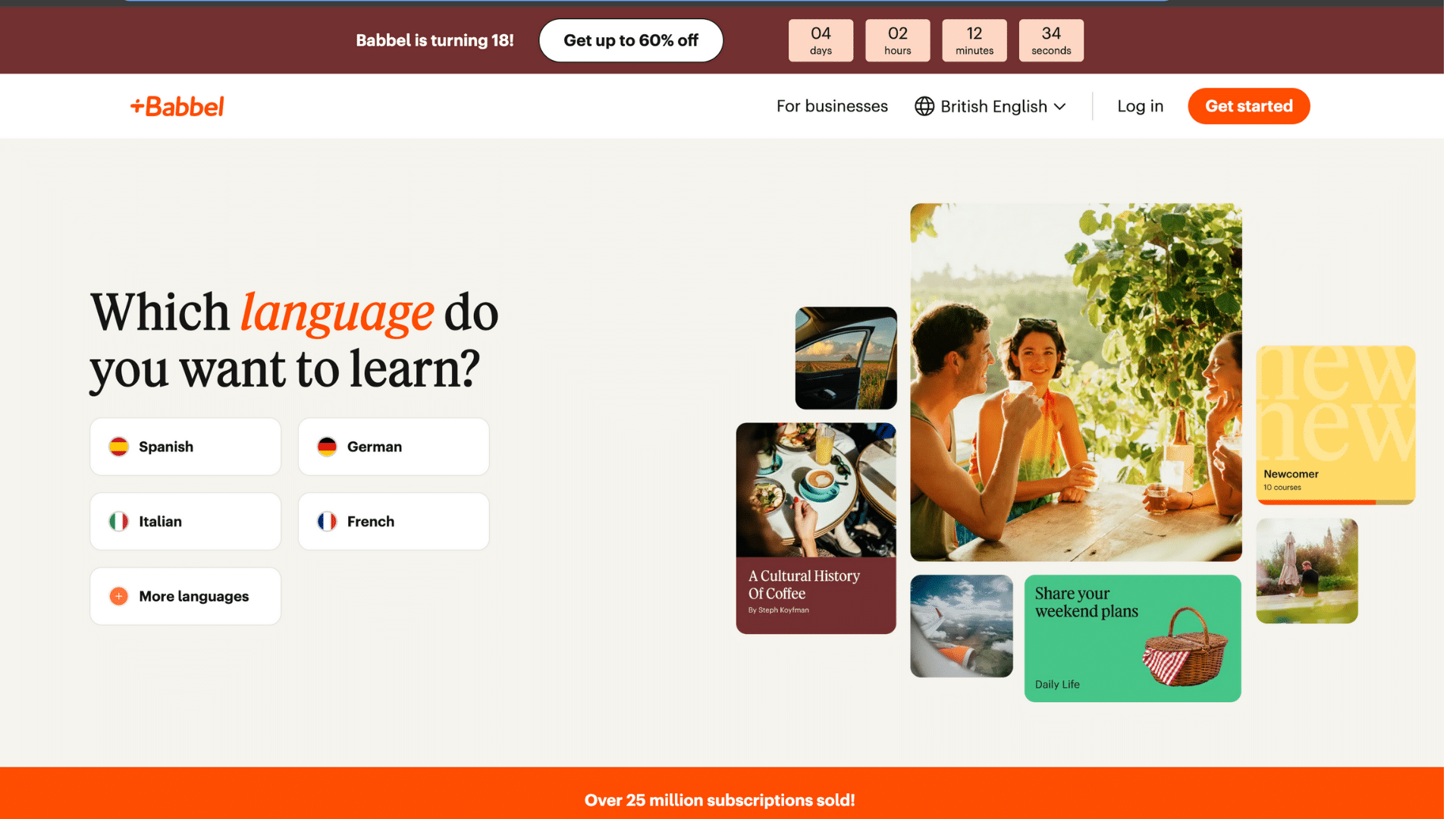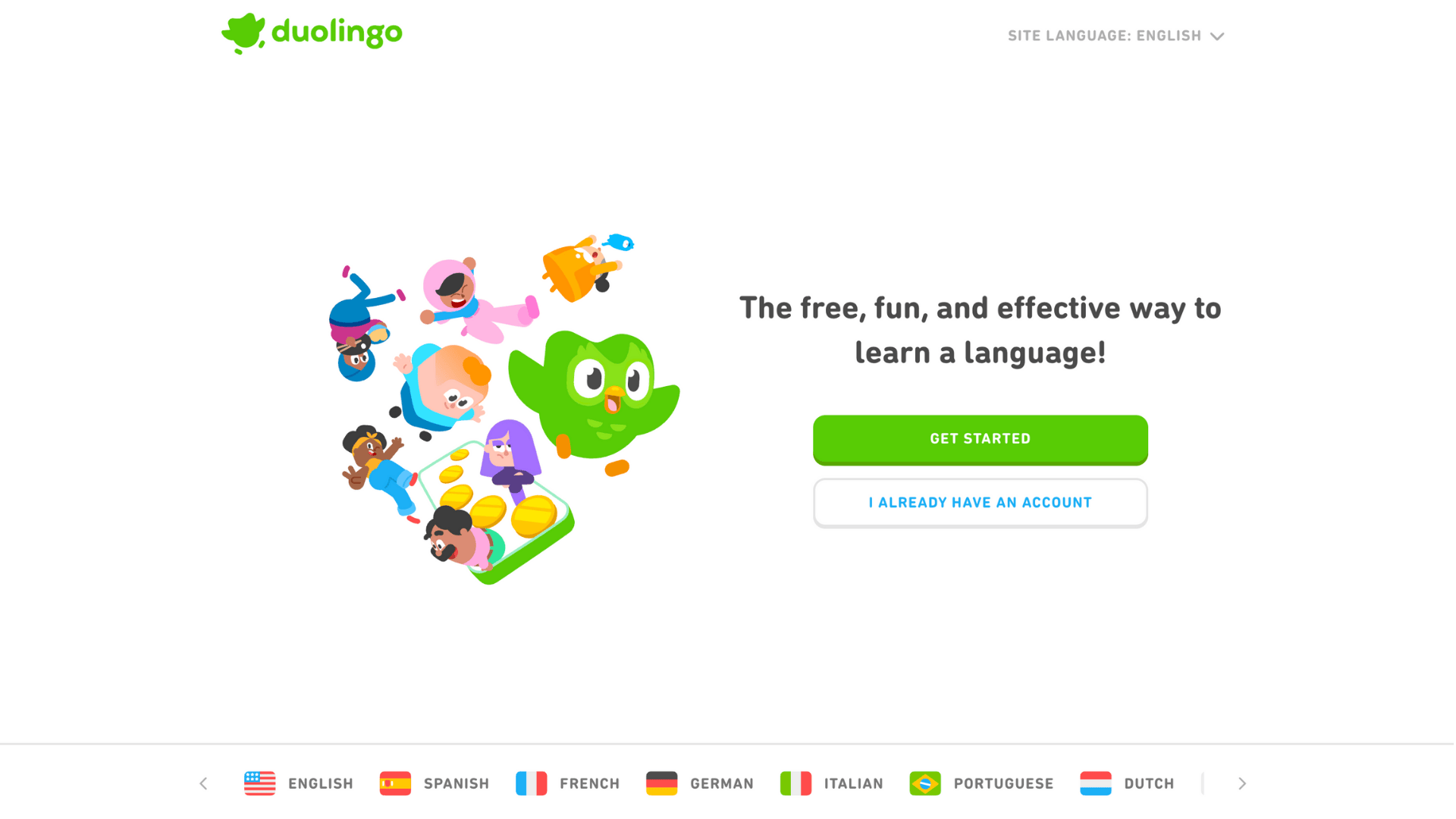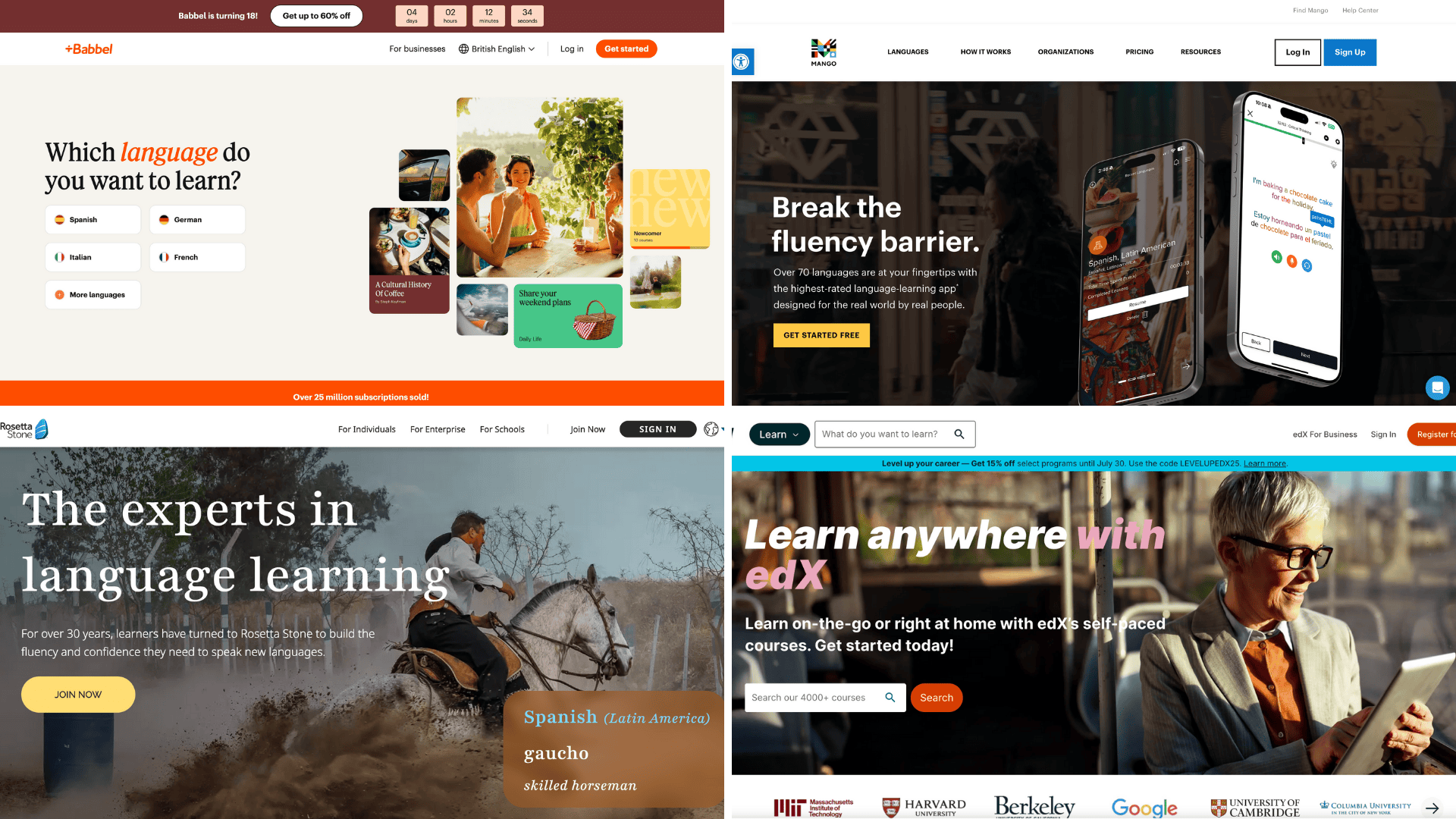Healthcare is becoming more diverse every day. Spanish-speaking patients make up a huge portion of hospital visits across America.
Doctors, nurses, and medical staff need language skills to provide better care and build trust with patients.
A medical Spanish course teaches specialized vocabulary and phrases used in clinical settings. You can choose general Spanish programs with healthcare modules or dedicated medical Spanish certification programs.
Both paths help you learn medical Spanish effectively.
Ready to improve patient communication and advance your healthcare career? The right course makes all the difference.
Why Learning Medical Spanish Matters in 2025?
Hispanic patients represent over 65 million Americans, making Spanish the second most spoken language in healthcare settings.
Medical errors increase dramatically when language barriers exist between patients and providers. Studies show miscommunication leads to misdiagnosis, incorrect treatments, and poor patient satisfaction scores.
Healthcare professionals who speak medical Spanish provide safer, more effective care. They build stronger patient relationships and reduce liability risks.
Many hospitals now require or prefer Spanish-speaking staff. Learning medical Spanish boosts your career prospects while helping you save lives through better communication.
Top Platforms to Learn Medical Spanish Online
Below are the best platforms to learn medical Spanish online, ranked for usability, curriculum quality, and certification options.
1. Babbel

Babbel offers short, interactive Spanish lessons focused on grammar, vocabulary, and pronunciation.
Though it doesn’t have a medical-specific course, it’s excellent for building a strong language base that you can expand with medical phrases and scripts.
Best For: Conversational fluency with medical add-ons
2. Rosetta Stone

Rosetta Stone teaches Spanish through images and real-world associations, making it ideal for learners who prefer a visual approach.
It doesn’t focus on medical terms but helps you build core language skills to apply in clinical contexts later.
Best For: Beginners seeking immersive learning
3. Mango Languages

Mango Languages provides a specialized medical Spanish course covering patient conversations, symptoms, and emergency interactions.
Many users can access it for free through public libraries, making it both effective and affordable.
Best For: Library-based free access and flexibility
4. Coursera & edX

These academic platforms partner with top universities to offer professional-level courses in medical Spanish.
Many include certifications, structured modules, and are eligible for CME or CEU credits.
Best For: Formal academic certification
5. Duolingo + Phrasebooks

Duolingo is a free language learning app ideal for building basic Spanish skills.
While it doesn’t offer medical-specific content, it pairs well with phrasebooks like Spanish for Healthcare Workers for focused learning.
Best For: Beginners on a tight budget
Features to Look for in a Medical Spanish Course
Choosing the right course means knowing what features truly matter for healthcare settings. Here’s a quick guide to the essentials:
| FEATURE | PURPOSE |
|---|---|
| Certification | Confirms your skills; may include CME/CE credits. |
| Native-Speaker Audio | Improves pronunciation and real-world listening. |
| Patient Simulations | Builds confidence in real clinical conversations. |
| Self-Paced or Mobile Access | Fits your busy schedule and learning style. |
| Specialized Vocabulary | Target terms for ER, pediatrics, mental health, and more. |
These features ensure you’re learning Spanish that’s practical, professional, and ready to use in real healthcare situations.
How to Get a Medical Spanish Certification
Many courses, such as Canopy Learn or Coursera-based programs, offer formal certificates of completion. Here’s how you typically get certified:
- Complete a structured course (usually 4–12 weeks).
- Pass a final exam or project.
- Receive a digital or printable certificate (some valid for CME credits).
These certifications are increasingly valued by employers, especially in hospitals that serve large Spanish-speaking populations.
Tips to Learn Medical Spanish Effectively
Learning medical Spanish doesn’t have to be overwhelming.
Here are some simple, effective ways to stay on track:
- Practice daily, even if it’s just 15 minutes.
- Use spaced repetition apps like Anki to remember key terms.
- Shadow real-life patient conversations (with permission) or role-play using scripts.
- Join bilingual healthcare groups or forums like those on Reddit.
- Listen to medical Spanish podcasts or watch Spanish-language shows like La Casa de Papel to improve comprehension.
These habits will strengthen your medical vocabulary, boost your confidence, and help you use Spanish naturally in clinical settings.
Final Thoughts
Medical Spanish skills create meaningful connections with patients while reducing dangerous miscommunication.
Your ability to speak directly with Spanish-speaking patients builds trust, improves outcomes, and enhances their healthcare experience.
Do you need conversational basics or specialized medical terminology?
General Spanish courses work for beginners seeking foundational skills. Dedicated medical programs suit healthcare professionals requiring clinical vocabulary.
Start learning today. Your patients deserve clear communication.
Frequently Asked Questions About Medical Spanish
Is Medical Spanish Certification Mandatory for Healthcare Workers?
No, it’s not required, but it greatly improves patient trust, communication, and compliance with healthcare access regulations.
Can I Learn Medical Spanish Without Paying?
Yes! Free tools like Duolingo and Mango (via libraries) can help. Pair them with YouTube channels or free online resources for better results.
How Long Does It Take to Become Proficient in Medical Spanish?
With regular practice, most professionals reach basic medical Spanish fluency in about 3 to 6 months.












